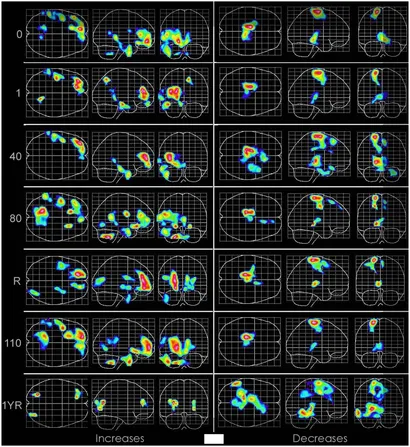
JOIN us at Team Luke Hope for Minds – Conference and Resource Fair – October 25-26, 2024
September 17, 2024
How Hyperbaric Oxygen Therapy Saved a Girl’s Nose After a Devastating Dog Bite
December 6, 2024- Clinical Applications of HBOT
- Dose-Response Analysis
- Frontiers in Neurology
- HBOT Research
- Hyperbaric Oxygen Therapy
- Hyperoxia Effects
- Inflammation Reduction
- Neurodegenerative Disease Therapy
- Neurological Disorders
- Personalized Hyperbaric Treatment
- Pressure Dosage in HBOT
- Spinal Cord Injury Recovery
- Stem Cell Mobilization
- Therapeutic Mechanisms of HBOT
- Traumatic Brain Injury Treatment
Review of Hyperbaric Therapy & Hyperbaric Oxygen Therapy in the Treatment of Neurological Disorders According to Dose of Pressure and Hyperoxia
Edited by
Paul Gregory Harch, Enrico M. Camporesi, Dominic D’Agostino, John Zhang, George Mychaskiw II and Keith Van Meter
Published in
Frontiers in Neurology
Hyperbaric Oxygen Therapy (HBOT) is rapidly gaining attention for its potential to treat a wide range of neurological disorders, with ongoing research exploring the effects of specific pressure and oxygen doses. A recent comprehensive review, published in Frontiers in Neurology, delves into the therapeutic mechanisms and clinical applications of HBOT. The study highlights its role in mobilizing stem cells, reducing inflammation, and promoting recovery in conditions such as traumatic brain injuries, spinal cord decompression, and neurodegenerative diseases. By systematically analyzing dose-response relationships, this review underscores the importance of tailored hyperbaric treatments to maximize efficacy while minimizing risks.
For a deeper dive into this groundbreaking research and its implications for neurological therapies, learn more here.


